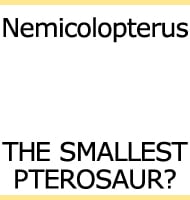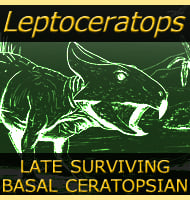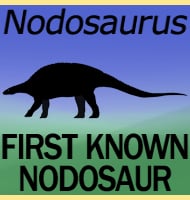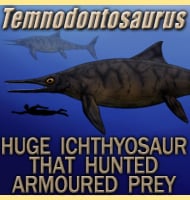In Depth
The fragmentary fossil remains of Martharaptor do not reveal too much about this dinosaur themselves. However they do bear resemblance to the remains of another dinosaur named Falcarius, and this is why Martharaptor has become a special point of interest for palaeontologists. Falcarius was one of the therizinosaurs, a group of specially adapted herbivores (though some speculate that they could have been omnivorous) that at some point evolved from predatory meat eating ancestors. The earlier appearance of Martharaptor has led some to speculate that it may have been one of the first therizinosaurs, and possibly theropods to switch from an exclusively meat diet to plants, though competition for the latter title might come from the ornithomimosaurs. Another possible upset to both of these claims could be Eshanosaurus from China, although the remains of this dinosaur are so incomplete it is hard to be certain as to exactly what kind of dinosaur it is.
Martharaptor was named in honour of Martha Hayden. The species name M. greenriverensis means ‘from Green River’.
Further Reading
– Martharaptor greenriverensis, a new theropod dinosaur from the Lower Cretaceous of Utah. – PLoS ONE 7(8):e43911:1-12. – P. Senter, J. I. Kirkland & D. D. DeBlieux – 2012.









